Ricardocedillob - Sin Título

More Posts from Ricardocedillob and Others
Engineering in action | source


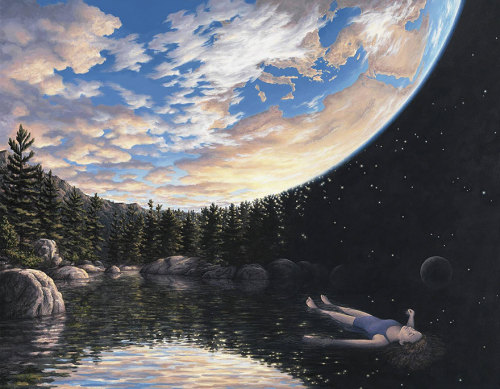






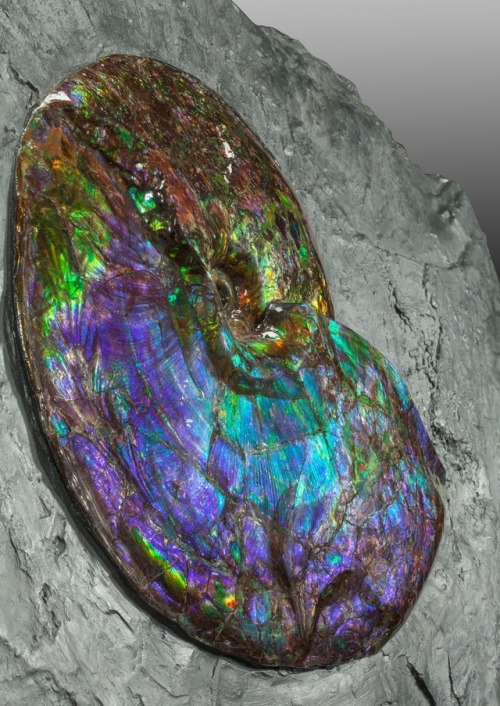
Ammonite in matrix (Placenticeras costatum, Late Cretaceous) - Bearpaw Formation, Alberta, Canada

February 1, 2003 – The Space Shuttle Columbia disintegrates in the skies over North Texas. (Dallas News)

Did you know?
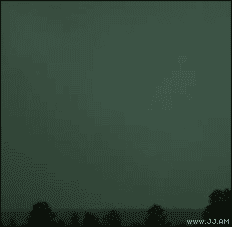
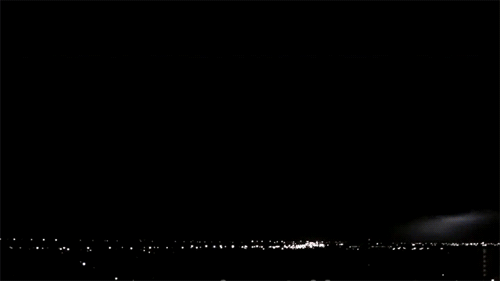
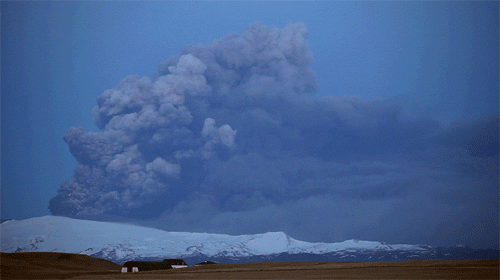
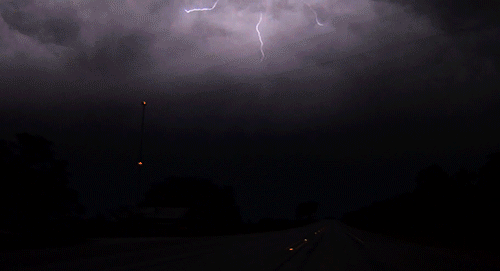
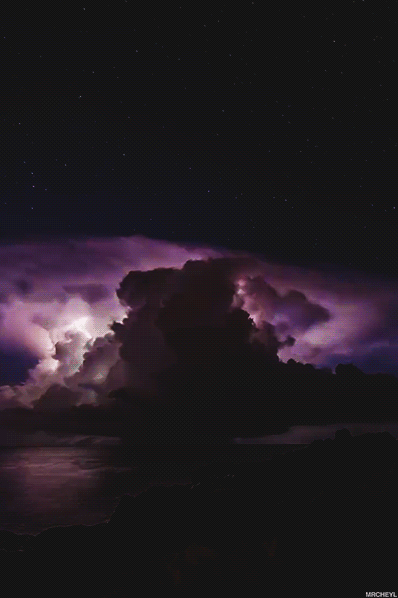
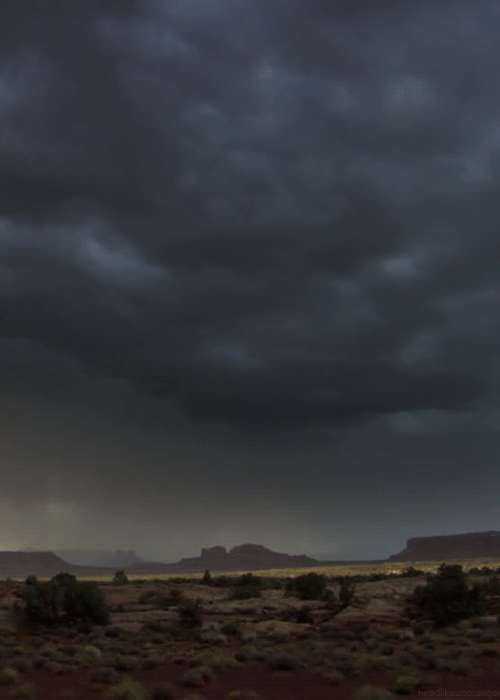
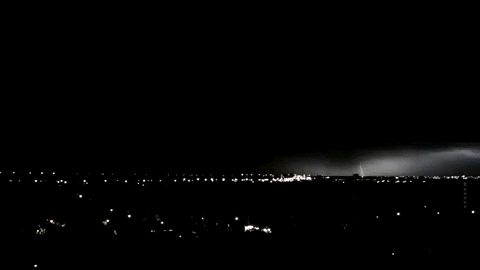
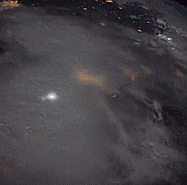
Lightning Appreciation Post:
There are nearly 500 lightning strikes every second around the world.
Only about 100 of these strike the earth, the others are between and within the clouds themselves.
Lightning is very visible from space (last gif from Astronaut Reid Wiseman)
Besides regular storms (thunder storms, hurricanes, etc.) lightning can be found in volcanoes (gif 3) and even intense forest fires.
In conclusion: nature is fucking awesome!
Our Weird and Wonderful Galaxy of Black Holes
Black holes are hard to find. Like, really hard to find. They are objects with such strong gravity that light can’t escape them, so we have to rely on clues from their surroundings to find them.
When a star weighing more than 20 times the Sun runs out of fuel, it collapses into a black hole. Scientists estimate that there are tens of millions of these black holes dotted around the Milky Way, but so far we’ve only identified a few dozen. Most of those are found with a star, each circling around the other. Another name for this kind of pair is a binary system.That’s because under the right circumstances material from the star can interact with the black hole, revealing its presence.
The visualization above shows several of these binary systems found in our Milky Way and its neighboring galaxy. with their relative sizes and orbits to scale. The video even shows each system tilted the way we see it here from our vantage point on Earth. Of course, as our scientists gather more data about these black holes, our understanding of them may change.

If the star and black hole orbit close enough, the black hole can pull material off of its stellar companion! As the material swirls toward the black hole, it forms a flat ring called an accretion disk. The disk gets very hot and can flare, causing bright bursts of light.

V404 Cygni, depicted above, is a binary system where a star slightly smaller than the Sun orbits a black hole 10 times its mass in just 6.5 days. The black hole distorts the shape of the star and pulls material from its surface. In 2015, V404 Cygni came out of a 25-year slumber, erupting in X-rays that were initially detected by our Swift satellite. In fact, V404 Cygni erupts every couple of decades, perhaps driven by a build-up of material in the outer parts of the accretion disk that eventually rush in.

In other cases, the black hole’s companion is a giant star with a strong stellar wind. This is like our Sun’s solar wind, but even more powerful. As material rushes out from the companion star, some of it is captured by the black hole’s gravity, forming an accretion disk.

A famous example of a black hole powered by the wind of its companion is Cygnus X-1. In fact, it was the first object to be widely accepted as a black hole! Recent observations estimate that the black hole’s mass could be as much as 20 times that of our Sun. And its stellar companion is no slouch, either. It weighs in at about 40 times the Sun.

We know our galaxy is peppered with black holes of many sizes with an array of stellar partners, but we've only found a small fraction of them so far. Scientists will keep studying the skies to add to our black hole menagerie.
Curious to learn more about black holes? Follow NASA Universe on Twitter and Facebook to keep up with the latest from our scientists and telescopes.
Make sure to follow us on Tumblr for your regular dose of space: http://nasa.tumblr.com

-
 isaactheastronaut reblogged this · 3 months ago
isaactheastronaut reblogged this · 3 months ago -
 indicedamr liked this · 7 months ago
indicedamr liked this · 7 months ago -
 bigswol41 liked this · 7 months ago
bigswol41 liked this · 7 months ago -
 injiect liked this · 7 months ago
injiect liked this · 7 months ago -
 thecharcoalgarden reblogged this · 7 months ago
thecharcoalgarden reblogged this · 7 months ago -
 miavoimidagi reblogged this · 7 months ago
miavoimidagi reblogged this · 7 months ago -
 miavoimidagi liked this · 7 months ago
miavoimidagi liked this · 7 months ago -
 frxiir liked this · 7 months ago
frxiir liked this · 7 months ago -
 b00tytang reblogged this · 7 months ago
b00tytang reblogged this · 7 months ago -
 kaheksaialg reblogged this · 7 months ago
kaheksaialg reblogged this · 7 months ago -
 kaheksaialg liked this · 7 months ago
kaheksaialg liked this · 7 months ago -
 adrinaliin reblogged this · 7 months ago
adrinaliin reblogged this · 7 months ago -
 winged2creator-blog-blog liked this · 7 months ago
winged2creator-blog-blog liked this · 7 months ago -
 retratosehistorias reblogged this · 7 months ago
retratosehistorias reblogged this · 7 months ago -
 kompanpimeduses reblogged this · 7 months ago
kompanpimeduses reblogged this · 7 months ago -
 ghost-dragon-eternal reblogged this · 7 months ago
ghost-dragon-eternal reblogged this · 7 months ago -
 retalhoserelapsos reblogged this · 7 months ago
retalhoserelapsos reblogged this · 7 months ago -
 retalhoserelapsos liked this · 7 months ago
retalhoserelapsos liked this · 7 months ago -
 mil-grau reblogged this · 7 months ago
mil-grau reblogged this · 7 months ago -
 bloodwormhorse liked this · 7 months ago
bloodwormhorse liked this · 7 months ago -
 masterparkertheslave liked this · 7 months ago
masterparkertheslave liked this · 7 months ago -
 anavitas liked this · 7 months ago
anavitas liked this · 7 months ago -
 datmikeyrockinnike reblogged this · 7 months ago
datmikeyrockinnike reblogged this · 7 months ago -
 partedwave liked this · 7 months ago
partedwave liked this · 7 months ago -
 fuckeryandnitemares reblogged this · 7 months ago
fuckeryandnitemares reblogged this · 7 months ago -
 fuckeryandnitemares liked this · 7 months ago
fuckeryandnitemares liked this · 7 months ago -
 starsinhereyesworld reblogged this · 7 months ago
starsinhereyesworld reblogged this · 7 months ago -
 chivaloca94love reblogged this · 7 months ago
chivaloca94love reblogged this · 7 months ago -
 starsinhereyesworld liked this · 7 months ago
starsinhereyesworld liked this · 7 months ago -
 4etheri4n reblogged this · 7 months ago
4etheri4n reblogged this · 7 months ago -
 4etheri4n liked this · 7 months ago
4etheri4n liked this · 7 months ago -
 velbed reblogged this · 7 months ago
velbed reblogged this · 7 months ago -
 louisstephaneulysse liked this · 7 months ago
louisstephaneulysse liked this · 7 months ago -
 northwestphotag1 liked this · 7 months ago
northwestphotag1 liked this · 7 months ago -
 mysteriouslynoisychild liked this · 7 months ago
mysteriouslynoisychild liked this · 7 months ago -
 muttley-do-something liked this · 7 months ago
muttley-do-something liked this · 7 months ago -
 lost0rthrus reblogged this · 7 months ago
lost0rthrus reblogged this · 7 months ago -
 lost0rthrus liked this · 7 months ago
lost0rthrus liked this · 7 months ago -
 scopophilic1997 liked this · 7 months ago
scopophilic1997 liked this · 7 months ago -
 chantssecrets liked this · 7 months ago
chantssecrets liked this · 7 months ago -
 death-s-head-moth liked this · 7 months ago
death-s-head-moth liked this · 7 months ago -
 peejaysmith4665 liked this · 7 months ago
peejaysmith4665 liked this · 7 months ago -
 stimtickle reblogged this · 7 months ago
stimtickle reblogged this · 7 months ago -
 stimtickle liked this · 7 months ago
stimtickle liked this · 7 months ago -
 a10vec liked this · 7 months ago
a10vec liked this · 7 months ago -
 curiokhan0113 liked this · 7 months ago
curiokhan0113 liked this · 7 months ago